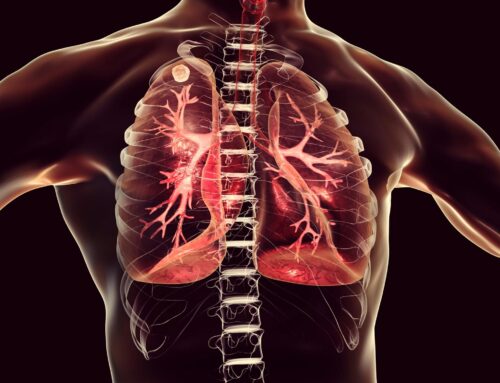There are many reasons to see a urologist. When you see a urologist they may perform a variety of urology procedures to diagnose and treat urologic conditions.
Vasectomy
This is a common urology procedure that many men get. According to the American Urological Association, 500,000 men get vasectomies each year in the US. Vasectomy is a surgical procedure used for permanent male birth control. During the procedure, the doctor cuts off the supply of sperm to the semen by cutting and sealing the vas deferens, which carries sperm from the testicles. It is an out-patient procedure that only takes about 10-30 minutes.
Vasectomy Reversal
If a man who has had a vasectomy decides he wants to try and father children again, they can perform a vasectomy reversal. However, vasectomy reversal is not a guarantee the man can conceive a child. Certain factors are necessary for the reversal to be successful. Microsurgical techniques are used to repair the vas deferens.
Cystoscopy
A cystoscopy is a urology procedure that allows a urologist to examine the lining of the bladder and the urethra. An instrument called a cystoscope is inserted into the urethra and guided to the bladder. The cystoscope is made up of a long, thin tube with a light and a camera at the end. This procedure is commonly used to diagnose and treat bladder conditions. It can also be used to diagnose an enlarged prostate.
Prostate Procedures
Urologists may perform a number of procedures to diagnose and treat prostate conditions. These include:
- Prostate biopsy: A procedure to remove samples of tissue from the prostate for examination in a lab.
- UroLift: A minimally invasive procedure done in-office to treat mild to moderate prostate enlargement.
- Transurethral needle ablation (TUNA): A procedure that uses radiofrequency ablation to shrink prostate tissue that is pressing into the urethra and causing urinary symptoms.
- Transurethral resection of the prostate (TURP): A minimally invasive procedure that uses a special instrument called a resectoscope to trim and seal prostate tissue when the prostate is enlarged and causing difficulty in urination.
- Transurethral incision of the prostate (TUIP): A procedure used to treat benign prostatic hyperplasia (BPH). A small endoscope is inserted through the urethra and special instruments create small openings in the bladder neck where it connects to the prostate. This opens the urinary channel so urine can pass.
Ureteroscopy
Ureteroscopy is a procedure a medical professional uses to diagnose and treat kidney stones. They then use a special instrument called a ureteroscope (a long, thin tube with a light and camera) and guide it through the urethra and the bladder and up the ureter to where the kidney stone is located. Small stones are removed whole, while larger stones need to be broken up. A procedure called lithotripsy breaks up the stones.
Lithotripsy
Lithotripsy is a urology procedure that uses shock waves or a laser to break down stones in the kidney, bladder, or ureter. The laser or shock waves break up large stones so that they can pass through the urinary system.
Orchiopexy
Orchiopexy is a surgical procedure a person can perform to repair an undescended testicle. During the procedure, a doctor moves the testicle from the abdomen or groin area and into the scrotum. Then the doctor attaches it to the scrotum with a “tacking stitch.”
Penile Plication
Penile plication is a surgical urology procedure that is used to treat curvature of the penis caused by Peyronie’s disease. It is an outpatient procedure in which doctors place permanent sutures on the opposite side of the scarring that causes the curvature.
Penile Implants & Prosthesis
Penile implants or prostheses are devices placed inside the penis to allow men with erectile dysfunction (ED) to get an erection. These devices are usually only recommended after other ED treatments fail. For instance, a penile prosthesis may be recommended for men with severe Peyronie’s disease who cannot get an erection due to the curvature of the penis
Male circumcision
Circumcision is a surgical procedure in which a doctor removes the skin covering the tip of the penis (foreskin). It is a procedure surgeons commonly perform on newborn boys in different places around the world, including the US.
Source: https://allianceurology.com/common-urology-procedures/








